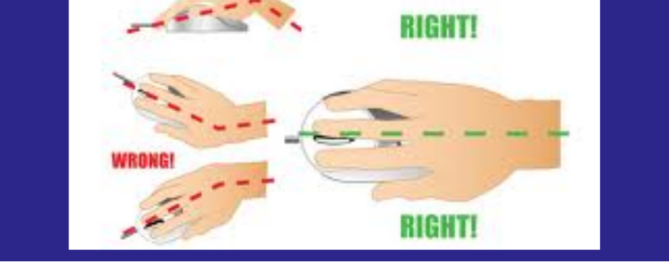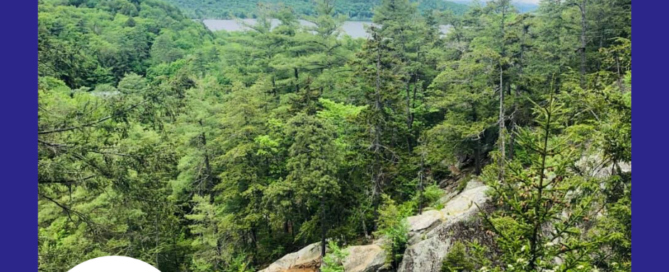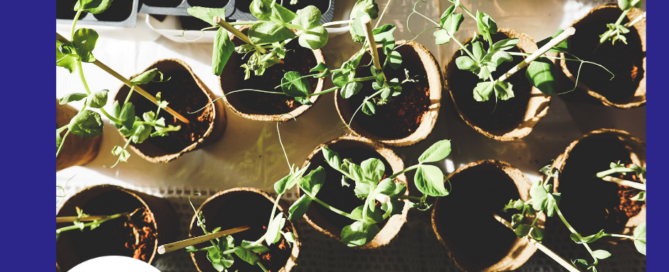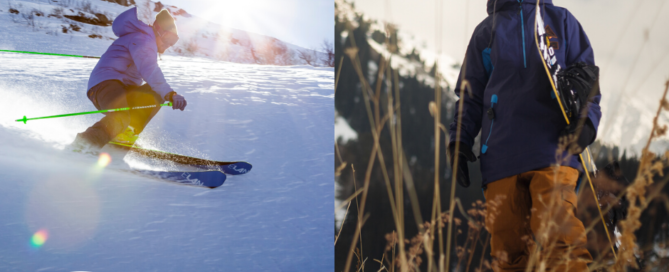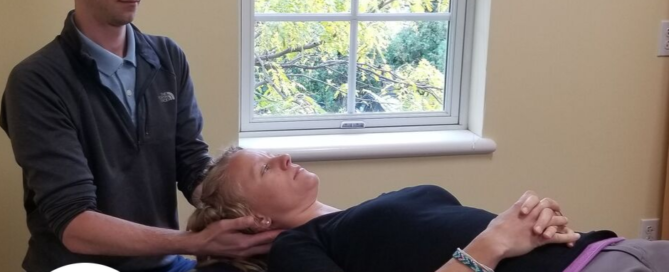Carpal tunnel syndrome
Overview Carpal tunnel syndrome is a common condition that causes pain, numbness, tingling, and/or weakness in the hand and arm. It is the most common entrapment neuropathy affecting approximately 3-6% of the adult population. It is the compression or inflammation of the median nerve as it passes through the carpal tunnel, a narrow passageway on the palm side of your wrist. In some cases, carpal tunnel syndrome can get worse over time and develop into significant impairments of strength and ability to perform activities of daily living such as typing, writing, buttoning clothes, holding objects, and other fine motor abilities. Cause Most cases of carpal tunnel syndrome are caused by a combination of several factors. It can be caused by trauma, repetitive stress and motions, inflammation, poor posture, and certain diseases. Other risk factors for carpal tunnel syndrome include: The carpal tunnel may be smaller in some people or there [...]

